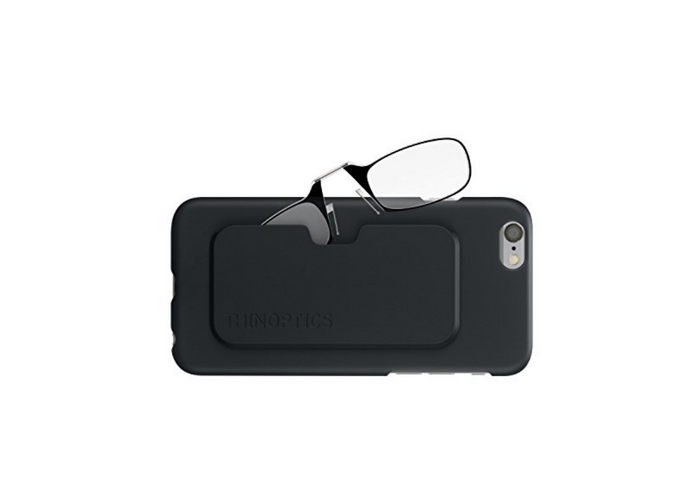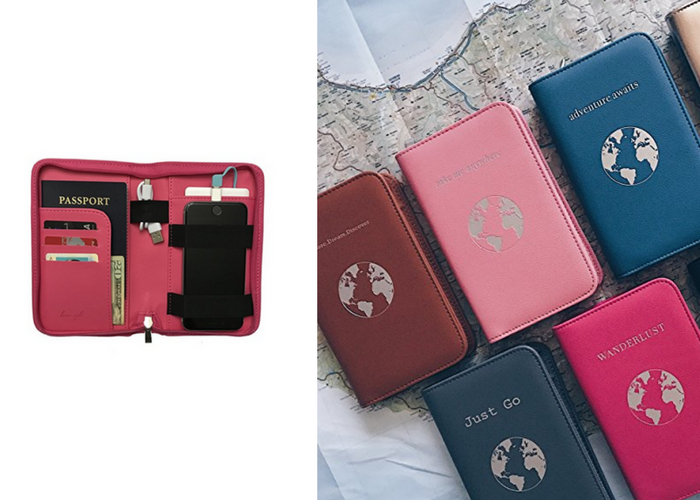Natural disasters rock Mexico’s tourism industry
El Pais reports that two earthquakes and more than 4,400 aftershocks in less than a month, which have caused hundreds of deaths, in addition to two hurricanes, have rocked the Mexican tourist industry, one of the country’s most buoyant (accounting for almost 9% of GDP and employing nine million people). Hotels in Mexico City, especially, are seeing day by day a constant flow of cancellations or guests checking out, especially in the colonies of Roma and Condesa, two of the oldest and most trendy neighborhoods of the capital. This is also the zone of the hecatomb, where debris and collapsed buildings have replaced the usual landscape of cafes, art galleries, bars and shops filled with foreigners and Mexicans.
In just one week, according to the Mexican Association of Travel Agencies (AMAV), the number of foreign and Mexican tourists in the capital has decreased by as much as 50%, when the normal occupancy rate at this time is 66%, and 15% in the rest of the country.
Official sources say cancellations are 30% throughout the country and insist that the most sought after destinations such as Cancún, Puerto Vallarta, Los Cabos and Acapulco have not been affected, but the contagion effect is feared. In fact, the Secretary of Tourism, Enrique de la Madrid, presented on Monday Sept. 25 in New York the campaign “Mexico, a world in itself” to promote the influx of foreigners.
“All destinations are open and there is no reason for travelers to cancel or change their travel plans because they contribute to the economy of local communities,” he said.
Many professionals in the sector are worried and maintain that their businesses are still open for holidays, pointing out that of the 300 hotels in the capital, only seven have had to close due to structural damage and another 15 have to undergo a review. Of the affected hotels, none is included in the tourist circuits, according to government sources, while 60 of those located in Roma and Condesa are among those that have suffered minor damage to façades and rooms. But when there is fear, the statistics are no consolation.
“After the earthquake and the following days we had 70% of cancellations,” says Homero Nava, owner of Villa Condesa Hotel, a boutique hotel in Colima Street, with few rooms and located in a restored mansion that suffered no damage during the earthquake and that became a real oasis of tranquility on that nightmare night for thousands of chilangos.
“It’s 30% less than last year. We want to think that it will recover when the media impact (disipates). In fact, we are receiving many messages of support from around the world and we tell them that the best way to support is to come,” he says.
A few meters away, in the luxurious Condesa DF, located on Avenida Veracruz, part of the Habita chain and frequented by celebrities, Óscar in reception confirms the trend. “We have had many cancellations, but I can not give you the precise information. Especially for the month of October, not yet for November or December.”
This assessment is supported by Israel Cruz, of the Mali House, habitual accommodation of foreign executives in front of the Park Mexico, that was forced to close some days for lack of services, but that now operates with normality. “We estimate that we are losing 20% of the reserves,” he says.
The feared effect of any tourism catastrophe such as violence or terrorism is concentrated in very determined areas (all Mexico, Mexico City, Oaxaca, Morelos and Chiapas, account for 28% of tourism of the country) and affect a very specific segment, especially the Americans and Canadians (the majority visitors) who are the ones who demand the most about the security and location of the accommodations.
“When these phenomena happen people do not want to sleep, we have to return the cash and we will have no cash flow,” Rafael García, president of the Mexican Hotel and Motel Association (AMHM), told the media. Many establishments and airlines are thinking of offering an aggressive policy of discounts to attract visitors, with discounts that could reach up to 50% in places like Acapulco for the next three months.
Experts fear that even these measures can not clear a gloomy picture for Mexico, just when, paradoxically, it has almost completed its best year: 35 million tourists, a figure that had made it the eighth destination in the world.







